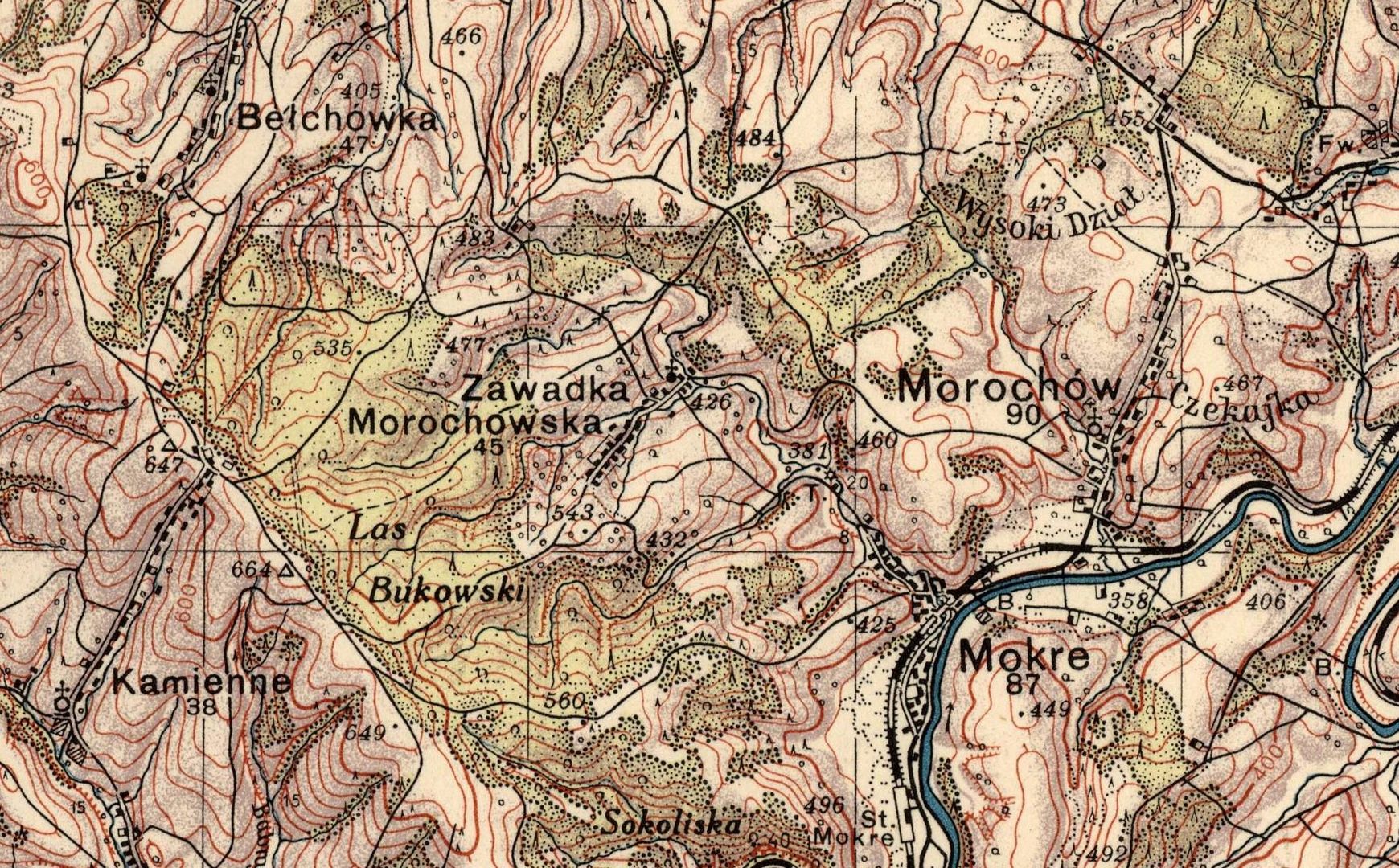Zawadka Morochowska
6.06

Overview
Zawadka Morochowska, a non-existent village in the Podkarpackie Voivodeship, was first mentioned in 1567. In the 19th century, the village's estates passed into private hands, and after World War II, many inhabitants died as a result of pacification operations. The village was located in a valley by the Boroniec stream, surrounded by forests, and was primarily inhabited by the Lemko community. In 1785, its land area was 5.78 km², with a population of 168, including 160 Greek Catholics. In the pre-war period, it had a school, a Greek Catholic church, and an inn, and many residents were engaged in the sale of handmade wooden crafts. Due to difficult living conditions, some of them emigrated to America. Despite the tense political situation, relations with neighbors were generally good. During World War II, the village avoided major destruction until 1944, when the Germans destroyed almost all buildings in retaliation for aiding partisans. The destroyed wooden church, built in 1856, was a branch of the parish in Morochów. After the war, as a result of actions by the Polish People's Army, mass crimes were committed against the village's inhabitants, and the last of its residents were deported during the "Vistula" operation. Today, Zawadka Morochowska no longer exists, leaving behind only memories in the form of its inhabitants' stories and the architecture that was part of the region's cultural heritage.
Location
2025 Wizytor | All Rights Reserved